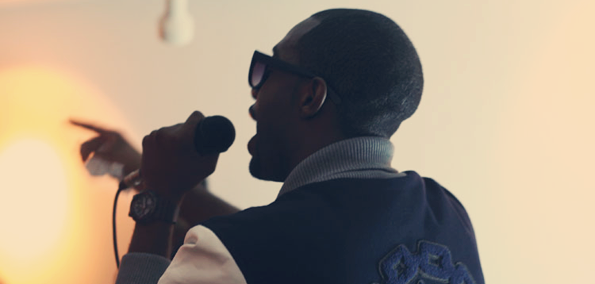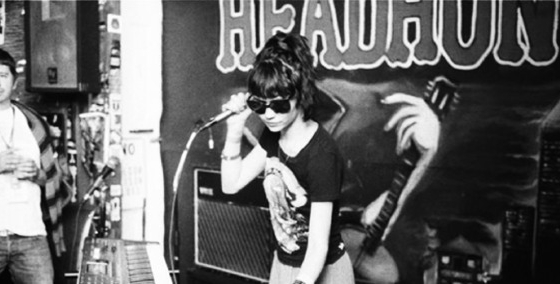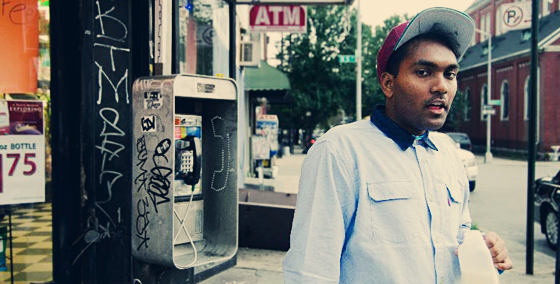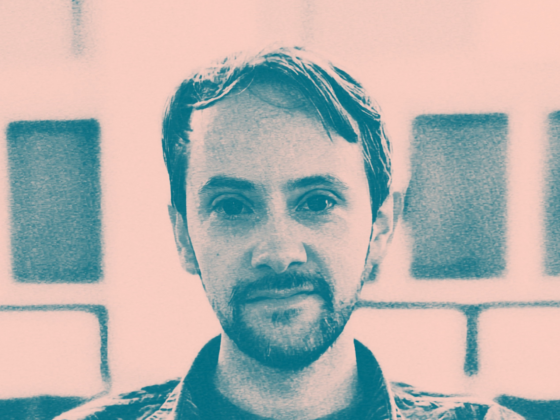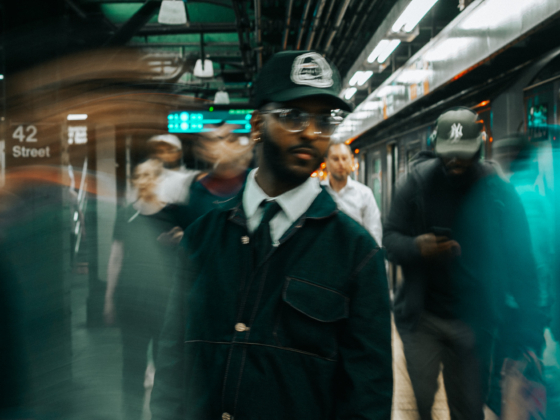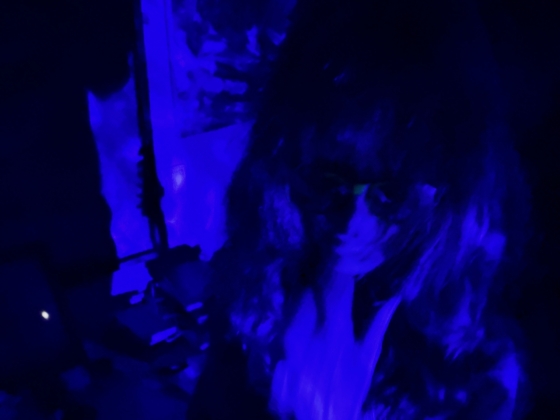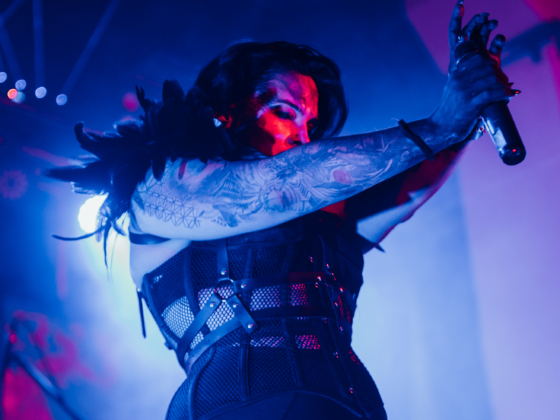Mickey Factz' mind works the way most artistic geniuses work: unconventionally, emotionally, and powerfully. Guided by a profound understanding for art, culture and social awareness, Factz established a place for himself in the hip hop world with the release of his 2008 mixtape, The Leak, Vol. 2: The Inspiration. In response to the hip hop he was hearing at the time, The Inspiration featured impressive guest appearances by artists like Lauryn Hill, Smoke DZA, Travie McCoy and Drake, and boasted production work by figures like 9th Wonder and Precize. Not surprisingly, XXL magazine included Factz in their "Freshmen Class of '09'" that year.
Today Factz releases Mickey MauSe, a 17-song soundtrack set to Deadmau5 and Dangermouse samples that includes visual treatment for nine of the songs. Clearly not the most conventional undertaking for a hip hop artist, the entire project emotively chronicles the life of a fictional graffiti artist named Mickey MauSe, who lives in the height of the 80's amidst the drugs, sex, music and art that tragically exploited many lives. Never one to shy away from the envelope-pushing and the avante garde, we spoke with Factz about this massive labor of love and what compelled him to do it.
[youtube]https://www.youtube.com/watch?v=F47CJurkoj8[/youtube]
EARMILK: What was the thinking behind the Mickey MauSe project? Why the 80s? Why not the 70s or 60s? Or even the 90s?
Mickey Factz: I'm going to be very frank: I did the first track that I recorded and it wasn't even for this project. It was called "Mickey MauSe" because I sampled Deadmau5. I went to my A&R, Steve-O, and he said, "Okay, this is cool. But so what? Nobody cares." I said, "What are you talking about?" He said, "There's no subject; what you should do is create a character who is alive around the [Jean-Michel] Basquiat, [Andy] Warhol period of time and is a graffiti artist during that time." And for me from there, it was pretty easy conceptually but it was still a very hard task to grapple with because it was a lot of material to cover. But I created the character out of nothing, I produced everything on the project. I sampled Dangermouse and Deadmau5 and I created this whole story and character out of nothing.
EM: How much of YOU is in Mickey MauSe? Where does he stop and you begin?
MF: The story is mostly based on my life with the exception of HIV/AIDS. I just created a character in a different time frame. But people think I've changed my name, that I grew my hair out, that I'm some other person; I was just playing a part in the short film documentary and I had to become the character. I wore the same clothes and let my hair grow and confused my mother and my friends but becoming the character Mickey MauSe was an exceptional change in my life. I really became the person and when people hear the project, they're going to understand the congruent nature of Mickey Factz and Mickey MauSe.
EM: The visual treatment is particularly compelling. How did you come up with some of those concepts?
MF: I want people to see me, when I shot the video. I wanted people to have a clear understanding of who Mickey MauSe was: he was kicked out of his parents home and was homeless and living in Union Square Park in NYC. And the next couple of videos I've shot, the next couple of short screenings will be even more artistic. They will be pushing the envelope even more. As someone who has no help from the label side, I really did this on my own. "Dreams of Money" for instance, it picks up from Mickey MauSe sleeping on the bench and having a dream of words and a Mickey MauSe head bouncing over the words and in the background you see Scrooge Mcduck screaming at money so these are the things that I want to convey. With "Taking Pictures of Girls Naked", a lot of people automatically think taking pictures of women in a very inhumane way. But I want to explore the way the 80s did photography. I bought a Polaroid, I took pictures and I rented a projector. I really want to convey this type of artistry for hip hop, I think this is necessary for media in our genre.
EM: What is the chronology of this project? Is it going to be primarily captured by video and song?
MF: The only songs that will not have visuals are "Chalk", "The Factory" and "The Memoirs of ______". Everything else has a visual to it and every single visual is going to be better than last, I can guarantee that. To be honest, I tried to do every song, I wanted to do "Chalk" but it was out of my budget. I can tell you the concept for it: the concept for "Chalk" was going to be about cocaine; I don't do any drugs, I'm drug free. But I wanted to grate cheese, white cheese, and put it in a maze and have a white mouse go to the cheese in a big maze and then after the mouse eats the cheese, he leaves and crawls on women. And then the mouse passes out, which is the third situation; so it encompasses every section of the song because the changes three times: first, it would be discovering coke, second is indulge in women and last is him passing out, laying unconscious. "The Factory" was going to be a typography video. But I'm still undecided. And what made "Chalk" difficult would be in regards to finding women, finding cameras, finding women who would be naked and allow a mouse to crawl over them. The idea of the rest of these videos is they're as good as the chalk one but that was one of the dream videos I wanted to do.
[youtube]https://www.youtube.com/watch?v=-95ndKkDWcg[/youtube]

